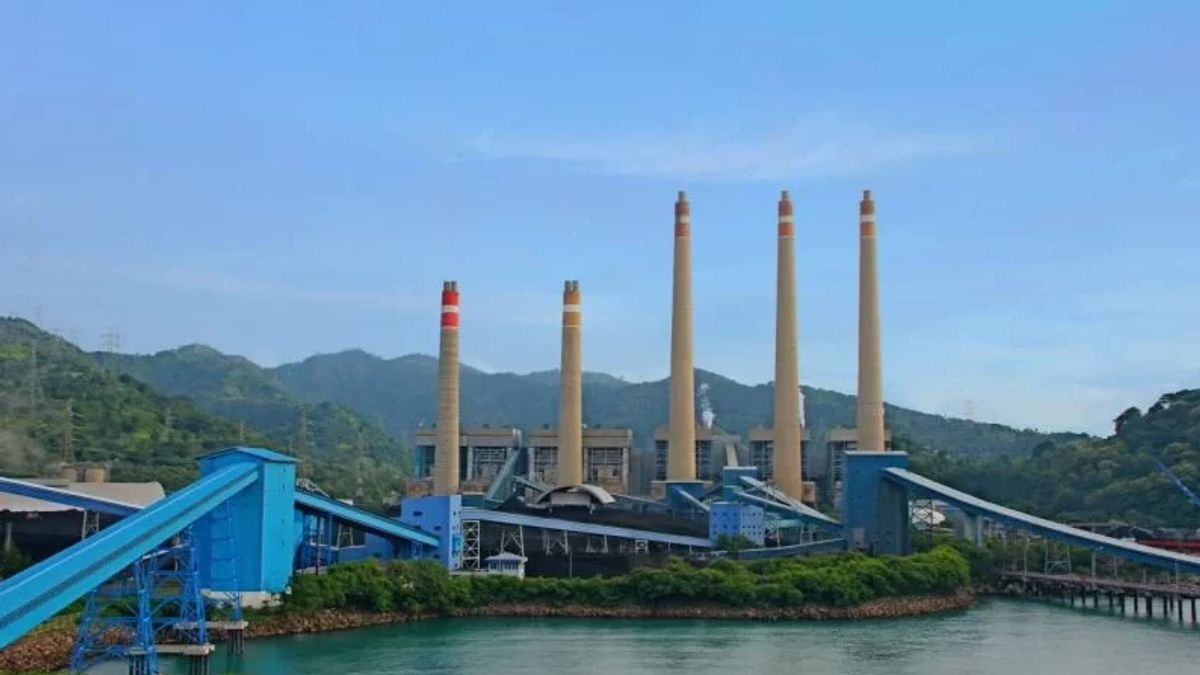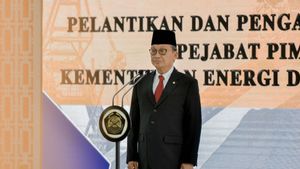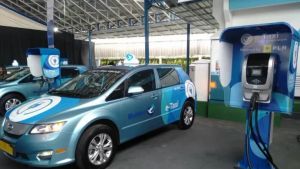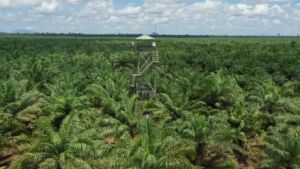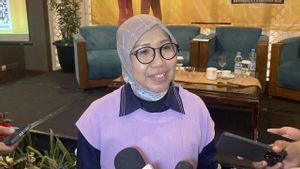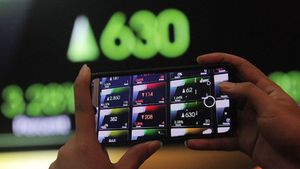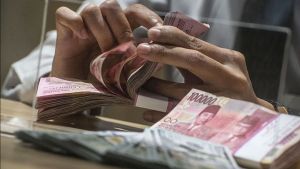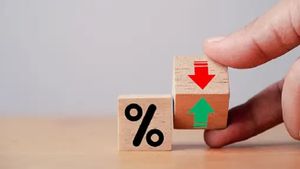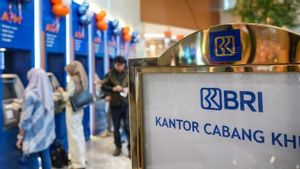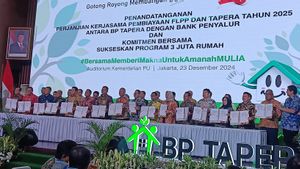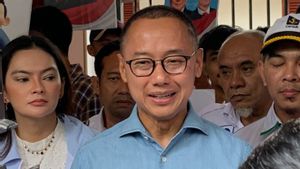JAKARTA - As a form of commitment to support the achievement of Net Zero Emissions and reduce Greenhouse Gas (GHG) Emissions, the Ministry of Energy and Mineral Resources (ESDM) officially launched the Electric Power Subsector Carbon Trading.
The Ministry of Energy and Mineral Resources, through a video played at the inauguration, explained that carbon trading is a market-based mechanism for reducing greenhouse gas emissions through buying and selling carbon units and is carried out through emission trading mechanisms and greenhouse emission offsets.
It is known that the Ministry of Energy and Mineral Resources had previously issued Minister of Energy and Mineral Resources Regulation no. 16 of 2022 concerning procedures for implementing carbon economic value in the power generation sub-sector. The regulation will become a reference in the implementation of a carbon economy (NEK) including carbon trading activities in the power generation sub-sector.
The video explains that a generating unit that produces emissions exceeding the technical approval for the emission limit for business actors (PTBAE-PU) given is required to purchase emissions from the PLTU unit that produces emissions under PTBAE-PU and or purchase a Greenhouse Gas Emission Reduction Certificate. (SPE GRK).
Later, the remaining PTBAE-PU surplus can be traded in the following year, a maximum of two years from the end of the carbon trading period, and does not exceed the carbon trading phase.
To carry out carbon trading, the Ministry of Energy and Mineral Resources has prepared a carbon trading road map for the power generation sub-sector which includes an implementation plan and carbon trading strategy in the power sub-sector until 2030.
The implementation of carbon trading in the electricity sector will be carried out in 3 phases, namely phase 1 in 2023 to 2024, phase 2 in 2025 to 2027 and phase 3 in 2027 to 2030.
While the phase after 2030 will be carried out in accordance with the target of controlling emissions in the energy sector's greenhouse gases. As a realization of Phase I, carbon trading in 2023 will be carried out at coal-fired power plant units connected to the PT PLN (Persero) power grid with a capacity greater than or equal to 100 MW and in 2024 it will also apply to coal-fired power plants with a capacity greater or equal to 25 MW.
By implementing carbon trading in the power generation sub-sector, GHG emission targets can be achieved and business actors can play an active role in controlling GHG emissions so as to create friendly and environmentally friendly climate conditions.
SEE ALSO:
Director General of Electricity Jisman Hutajulu said, in 2023 carbon trading will be carried out in the power generation sub-sector in the mandatory stage. This carbon trading was first implemented in Indonesia in a coal-fired power plant unit connected to the PT PLN (Persero) power grid with a capacity greater than or equal to 100 MW.
"To support the implementation of carbon trading, the Ministry of Energy and Mineral Resources has established an Emission Limit Technical Approval (PTBAE)," said Jisman in his remarks, Wednesday, February 22.
Jisman further said that in 2023 the Ministry of Energy and Mineral Resources has determined the value of Technical Approval for Business Actors Emission Limits (PTBAE-PU) for 99 units of coal-fired power plants (42 companies) which will become carbon trading participants with a total installed capacity of 33.569 MW.
The English, Chinese, Japanese, Arabic, and French versions are automatically generated by the AI. So there may still be inaccuracies in translating, please always see Indonesian as our main language. (system supported by DigitalSiber.id)
